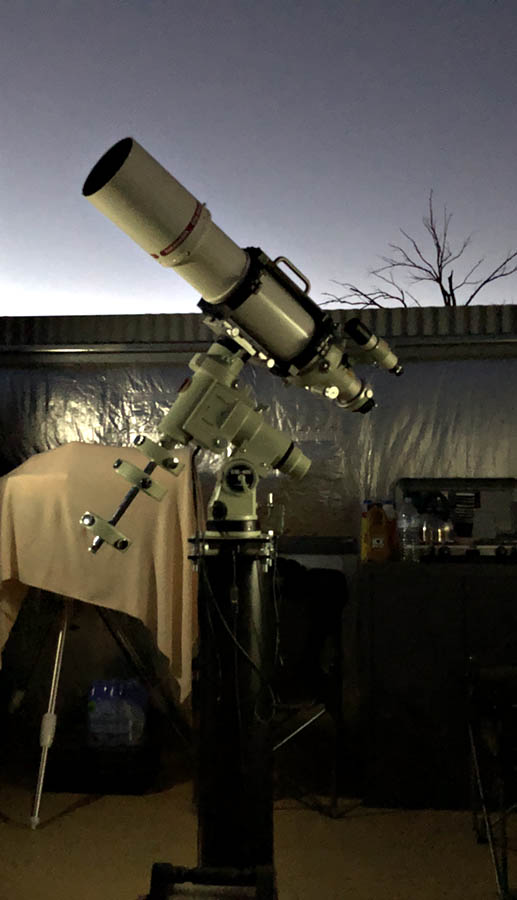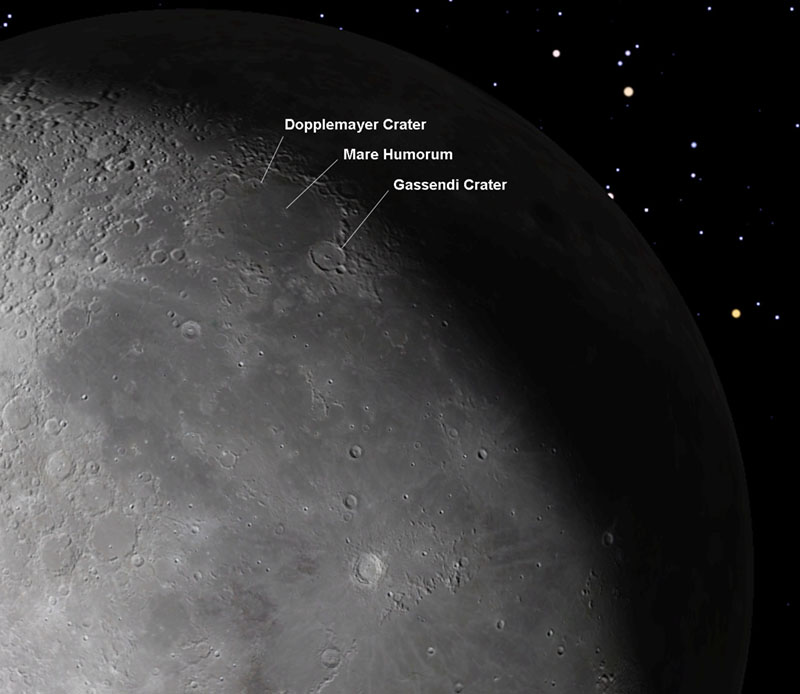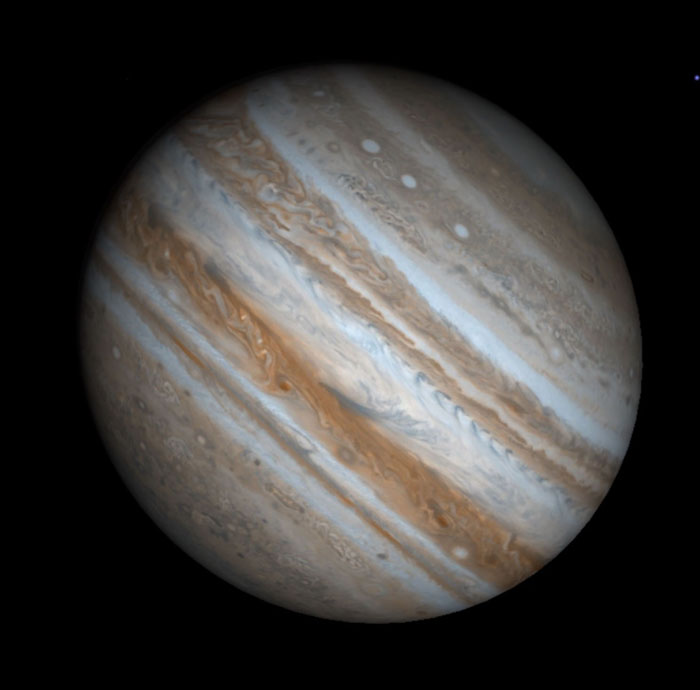
 |
WAITING FOR THE
SHADOW
Astronomical Observing and Photography |
| PHOTOGRAPHY | ECLIPSES | ASTRONOMY | HOME PAGE |
 I have, on occasions, read claims equating a 6-inch refractor to a 12 inch reflector. My mate Phil and
I decided to put this to a test pitting two instruments of premium
optical quality, identical aperture and very similar focal length, one
a triplet Takahashi TOA150 APO refractor, one a very accurately figured
home made Newtonian reflector optimised for visual observing.
I have, on occasions, read claims equating a 6-inch refractor to a 12 inch reflector. My mate Phil and
I decided to put this to a test pitting two instruments of premium
optical quality, identical aperture and very similar focal length, one
a triplet Takahashi TOA150 APO refractor, one a very accurately figured
home made Newtonian reflector optimised for visual observing. 


| PHOTOGRAPHY | ECLIPSES | ASTRONOMY | HOME PAGE |